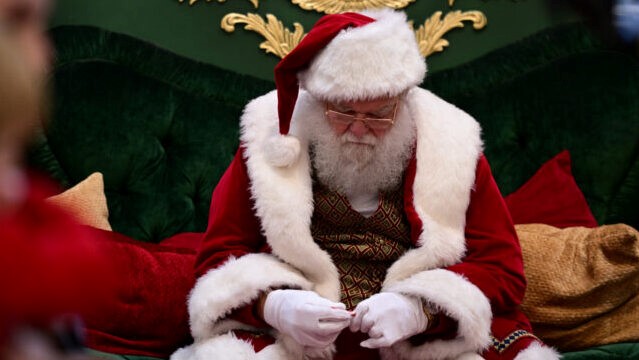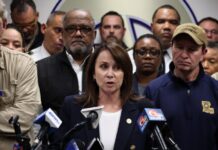
Americans pulled back more than expected on spending at retail stores, restaurants, and online in December and November, data from the Commerce Department indicated on Wednesday.
Retail sales fell 1.1 percent in December, the Commerce Department said. Economists were expecting a decline of 0.8 percent.
Sales in November were also lower than initially reported. On Wednesday, the Commerce Department said these fell one percent, much more than the 0.6 percent reported earlier.
Sales data are not adjusted for inflation, although they are seasonally adjusted. The Department of Labor’s consumer price index indicated that prices fell 0.1 percent in December, so the decline in sales likely indicates a real decline in the volume of items sold.
Sales at gas stations were down a sharp 4.6 percent as gasoline prices fell 9.4 percent. Sales at auto dealers were down 1.1 percent in the month, while prices of new cars fell 0.1 percent and used car prices dropped 2.5 percent.
Excluding sales at auto dealers and gas stations, retail sales were down 0.7 percent, much more than the 0.1 percent decline expected.
Americans spent less at restaurants and more in grocery stores. Sales at restaurants and bars fell 0.9 percent despite prices rising 0.4 percent. Sales at grocery stores rose 0.3 percent, slightly more than than the 0.2 percent rise in prices.
Holiday shopping seems to have been weak. Sales at department stores fell 6.6 percent. Sales at the broader category of general merchandise stores fell 0.8 percent. Electronics and appliance store sales fell 1.1 percent even though prices were up 0.2 percent. Online sales fell 1.1 percent.
Clothing store sales and sales at sporting and hobby stores rose by 0.1 percent. Apparel prices were up 0.5 percent, however, suggesting an inflation-adjusted decline in sales volumes. Sales at health care and personal care stores fell 0.3 percent.
Sales at garden centers and building materials stores like Home Depot and Lowes were up 0.3 percent.
Two months in a row of declining sales during the traditional holiday shopping season suggests inflation may have exhausted the tolerance of consumers to keep spending up. Unemployment has been extremely low and average hourly wages rose even after adjusting for inflation in November and December, although wages were down for the full year for a second year in a row.
Consumers may have shifted their holiday shopping to earlier in the year, boosting October sales and depressing sales in November and December. This may be throwing off seasonal adjustments and analysts’ estimates. Before seasonal adjustments, retail sales were up 7.8 percent, from $695 million to $749 million. After adjustment, sales fell from $685 million to $677 million, illustrating the large role seasonal adjustments play in the retail sales figures around year-end.



